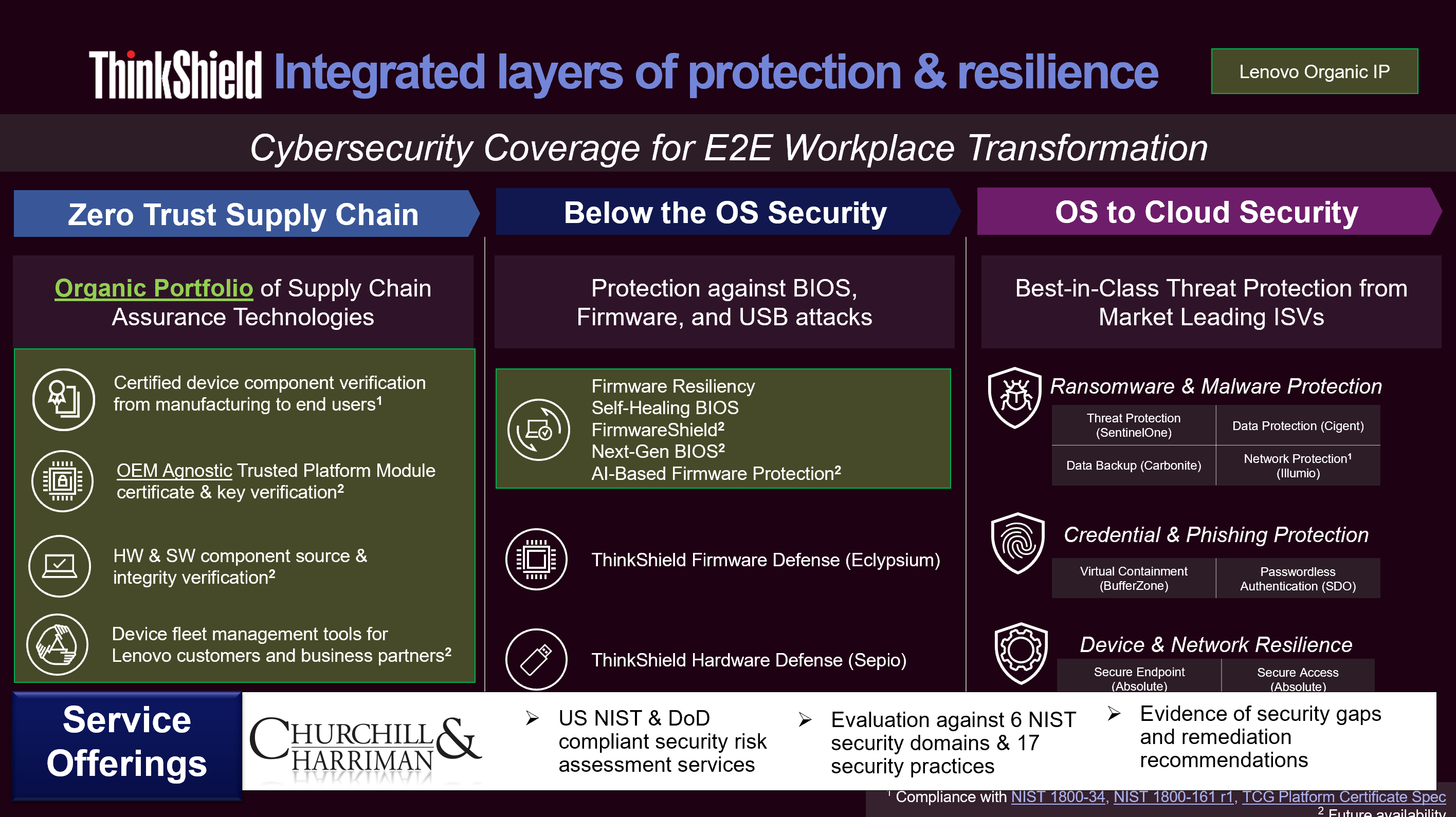Earned Trust! Churchill & Harriman Solves Problems
Don’t Lose a Contract.
Why Choose C&H As Your CMMC Partner?
50+ CMMC Level 2 Engagements – Delivering measurable CMMC Results for 5+ years
Fixed Price Cost Model Options at CMMC Level 1, 2, and 3 – eliminating uncertainty and risk
28 Years Delivering Results at the epicenter of U.S. government & global regulated industries – the partner you can’t afford not to have
Entrusted to Provide Earned Public Facing Security and Compliance Attestations and Evidence For Clients Operating Critical Infrastructure for 3 decades — Proof, not Promises
Registered CMMC Practitioners, Practitioner Advanced, CISOs, and Remediation Resources – expertise you can count on from day one
Deep Subject Matter Expertise in NIST Standards and the NIST CSF, Cloud Strategy, Encryption Strategy and Artificial Intelligence Strategy, Implementation, and Governance
Ongoing Strategic Partnership – positioning you to keep and win contracts & protect revenue and reputation
CEOs, CFOs, COOs, CISOs, and CPOs ask C&H:
- What Have You Lived With?
- What Have You Delivered?
- Who Have You Served?
Our answers make them choose C&H — because choosing wrong risks contracts, compliance, and reputation. That is your Value At Risk.
Work with a validated leader who has earned the trust of global leaders for almost 3 decades— Secure your future in the Department of War supply chain.

